When it comes to the physical features of a population, Germany presents a fascinating blend of diversity and distinct characteristics. From the stunning diversity in eye colors and hair textures to the unique facial structures, German facial features have intrigued researchers and individuals alike. In this article, we will delve into the topic of German facial features, exploring the various traits that contribute to the country’s rich and varied appearance.
Table of Contents
Understanding the Genetic Mosaic
Germany’s geographic location at the heart of Europe has made it a melting pot of various ethnicities and cultures over the centuries. This mixture of genetic backgrounds has resulted in a unique genetic mosaic among the German population, leading to a wide range of facial features.
Eye Colors: A Kaleidoscope of Diversity
One striking aspect of German facial features is the incredible diversity in eye colors. While blue eyes are often associated with Germany, it is important to note that various eye colors are found within the population. Brown, green, hazel, and gray eyes can also be observed, showcasing the fascinating genetic tapestry of the country.

Also, read Portuguese People’s Physical Features
Hair Textures and Colors
German hair textures and colors also display a remarkable range. From straight to wavy and curly, hair textures vary significantly among individuals. Additionally, hair colors span the spectrum from blonde to brown, red, and even black, reflecting the diverse genetic heritage of the German population.

Nose Shapes and Structures
Nose shapes and structures in Germany exhibit considerable variation. From slender and straight to more prominent and curved, German noses reflect the diverse genetic backgrounds of the population. Such variation adds to the uniqueness and individuality of German facial features.
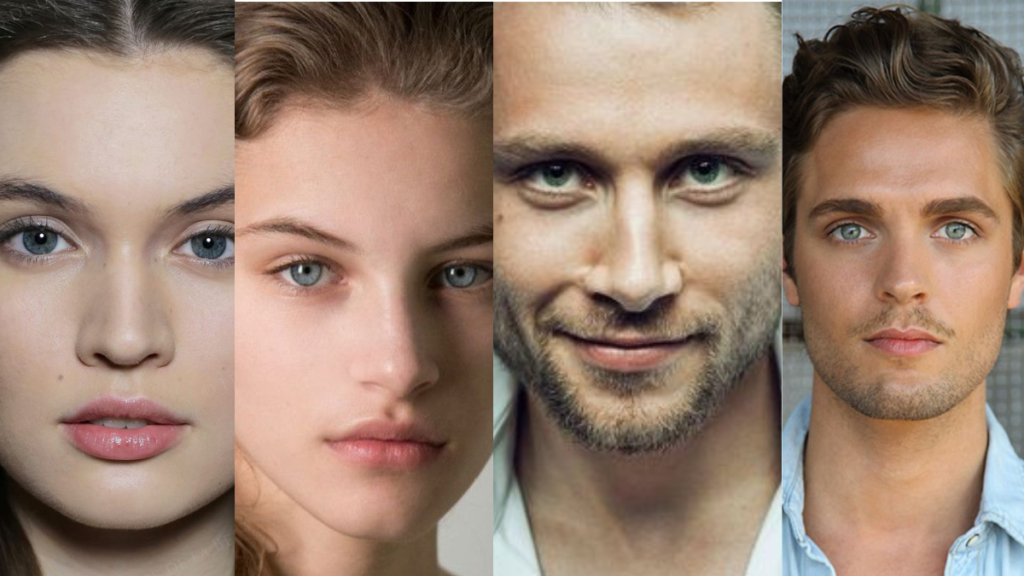
Distinctive Facial Structures
German facial structures are characterized by a harmonious balance between various features. High cheekbones, well-defined jawlines, and proportionate facial symmetry are often observed. These features contribute to the overall aesthetic appeal and attractiveness of German faces.
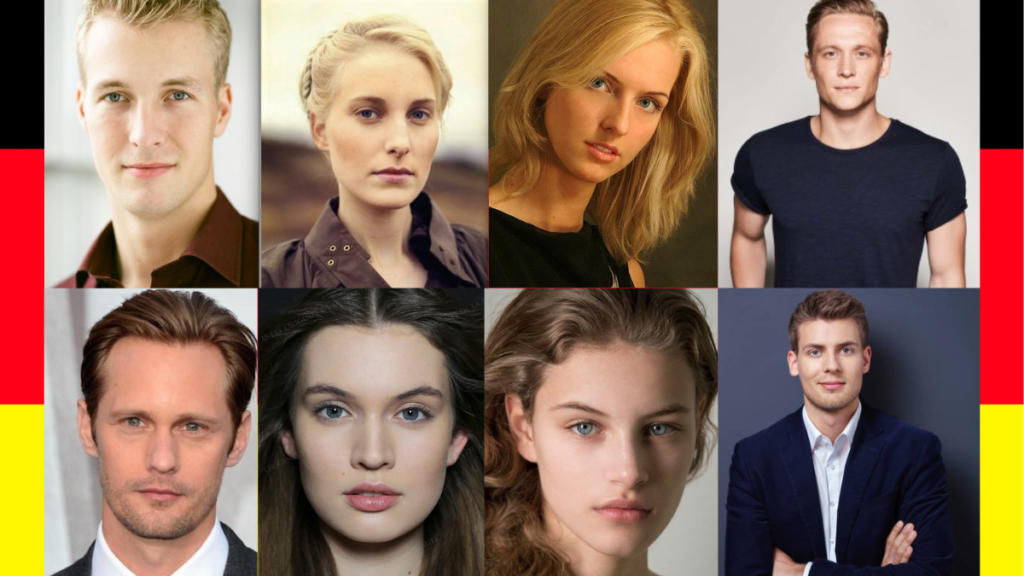
The Influence of Migration
Throughout history, Germany has seen waves of migration, further enriching the country’s genetic pool and consequently influencing facial features. Migrants from neighboring European countries, such as France, Poland, and the Netherlands, have brought their own distinctive facial characteristics, contributing to the diversity seen among Germans today.
You must read Superimposed Boundaries: Implications and Examples
Historical Factors and Regional Variation
Historical factors, including the division of Germany into different regions, have also played a role in shaping facial features. Regional variation exists within Germany due to various historical influences, such as cultural exchanges and intermarriage. As a result, certain facial features may be more prevalent in specific regions of the country.

Beauty Ideals and Cultural Significance
Beauty ideals in Germany have evolved over time and can vary across different regions. While there is no singular definition of beauty, certain features, such as clear skin, symmetrical facial proportions, and expressive eyes, are often considered desirable. However, it is important to note that beauty standards are subjective and can differ among individuals.
Genetic Studies and Ancestry
Advancements in genetic studies have allowed for a deeper understanding of German ancestry and the diverse facial features within the population. Genetic mapping and DNA analysis have shed light on the ancestral origins of individuals and revealed connections to various regions across Europe. These studies emphasize the intricate genetic tapestry that contributes to German facial features.
The Role of the Environment
While genetics play a significant role in determining facial features, environmental factors can also influence appearance. Factors such as climate, lifestyle, and cultural practices can shape facial structures and contribute to the unique characteristics observed within the German population.
Cosmetic Trends in Germany
Cosmetic trends in Germany have evolved alongside societal changes and beauty standards. Facial treatments, skincare routines, and makeup styles reflect the preferences and desires of individuals in enhancing or highlighting their facial features. From natural and minimalist approaches to more elaborate and artistic expressions, cosmetic trends in Germany showcase the creativity and diversity of self-expression.
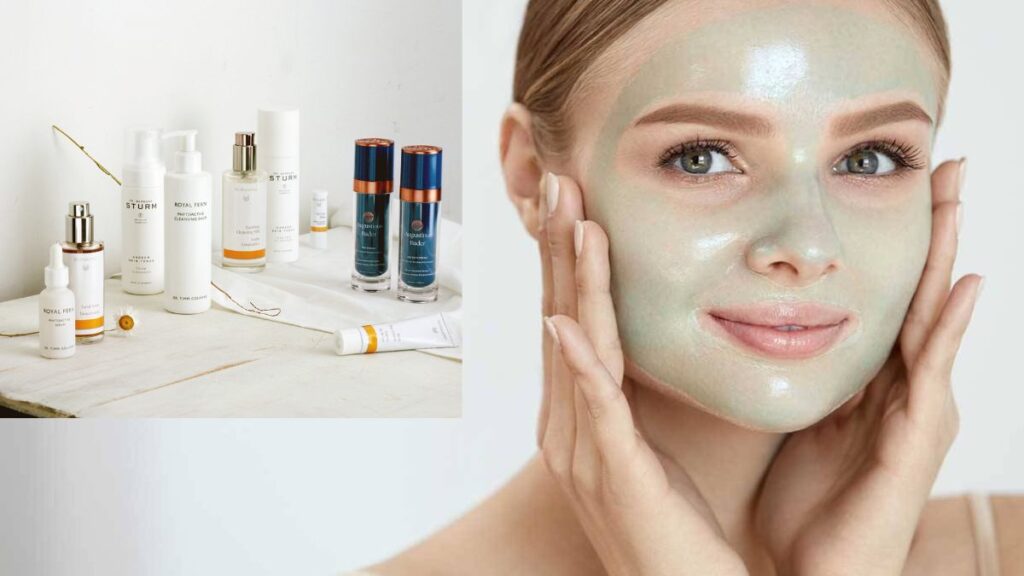
Traditional German Facial Features
Traditional German facial features, often depicted in historical art and literature, have left an indelible mark on the country’s cultural identity. These features may include fair skin, light-colored eyes, and golden or blonde hair. While traditional features hold historical significance, it is essential to acknowledge the evolving nature of German facial characteristics.
Contemporary Trends and Influences
In contemporary Germany, facial features have become increasingly diverse, embracing the multicultural and global nature of society. People from various backgrounds and ethnicities contribute to the evolving tapestry of German facial characteristics, resulting in a beautiful amalgamation of features that defy singular definitions or stereotypes.
Celebrating Diversity
Germany’s rich tapestry of facial features should be celebrated and appreciated. Embracing the diversity of facial characteristics encourages inclusivity, acceptance, and the recognition of each individual’s unique beauty. By appreciating the diverse range of German facial features, we foster an environment that values and respects the differences that make us human.
Conclusion
In conclusion, German facial features encompass a captivating blend of diversity and distinct characteristics. The genetic mosaic, eye colors, hair textures and colors, nose shapes, and facial structures all contribute to the unique appearance of individuals in Germany. The influence of migration, historical factors, and regional variation further enhance the richness and complexity of German facial features. It is through the celebration of this diversity that we truly appreciate the beauty of German faces.
FAQs
Are blue eyes the most common eye color in Germany?
No, while blue eyes are often associated with Germany, various eye colors are found within the population, including brown, green, hazel, and gray.
What are some traditional German facial features?
Traditional German facial features may include fair skin, light-colored eyes, and golden or blonde hair.
How have cosmetic trends in Germany evolved?
Cosmetic trends in Germany have evolved alongside societal changes and beauty standards, with a range of approaches from natural and minimalist to more elaborate and artistic expressions.
Do facial features in Germany vary by region?
Yes, historical influences and regional factors have contributed to regional variation in facial features within Germany.
Why is celebrating diversity important in relation to German facial features?
Celebrating diversity promotes inclusivity, acceptance, and the recognition of each individual’s unique beauty, fostering an environment that values and respects differences.
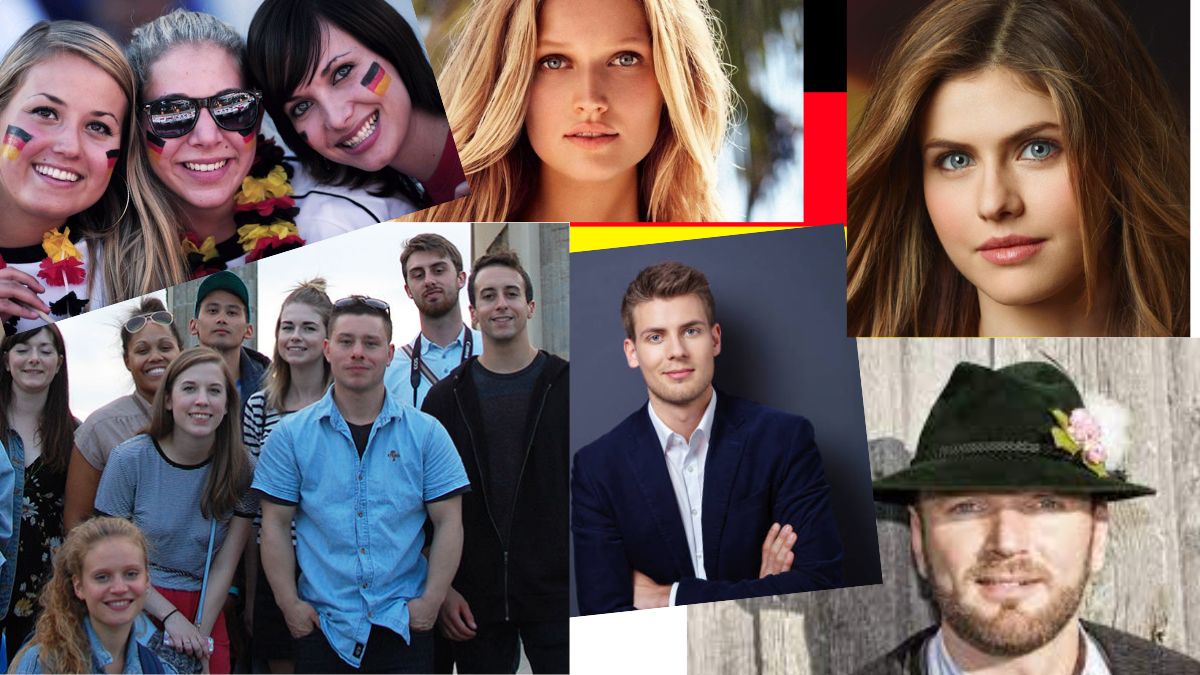

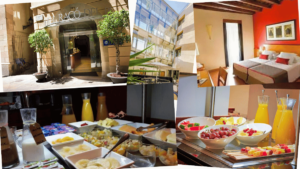






Comments are closed.